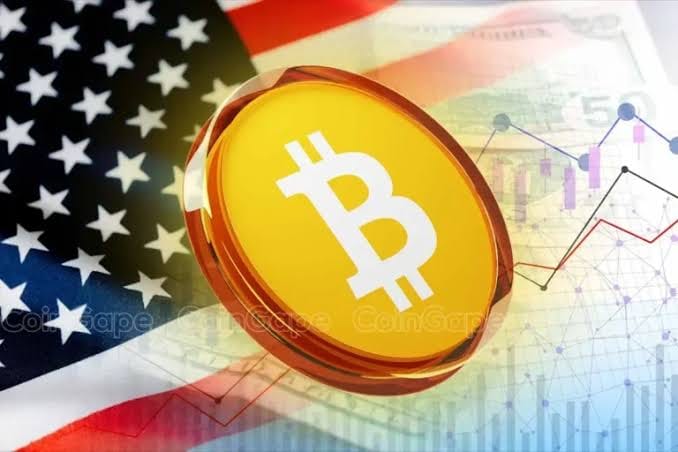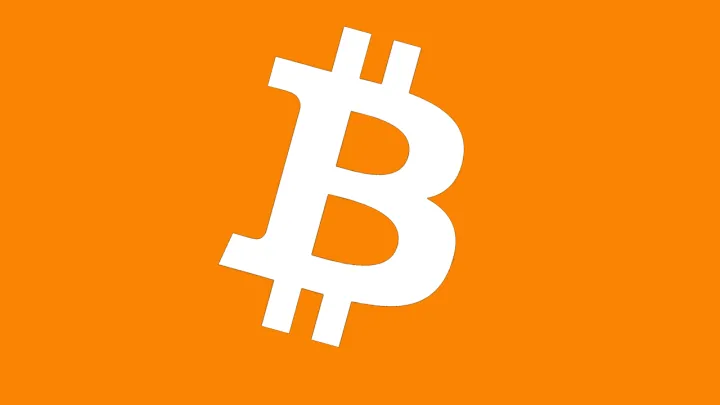Strategic Reallocation: How Non-U.S. Assets Flow Is Fueling BTC’s Rally

Summary
As skepticism grows around U.S. economic dominance, capital is shifting into Bitcoin as a hedge against geopolitical and monetary risks. Non-U.S. investors—from sovereign wealth funds to high-net-worth individuals—are redeploying assets into BTC, driving its price to fresh highs above $100,000. This flow reflects a strategic reallocation away from dollar-denominated instruments toward a “supra-sovereign” digital asset that can circumvent capital controls, inflationary pressures, and trade disputes. In this article, we explore the macro catalysts behind these flows, examine Bitcoin’s evolving role as a global hedge, and highlight real-world examples of how non-U.S. asset movements are fueling BTC’s rally—all while linking to key Mitosis University resources to deepen your understanding.
Introduction
Imagine you’re a global investor watching the U.S. government weigh new tariffs against China or Europe—and wondering whether the dollar will retain its safe-haven status. As geopolitical tensions mount, more investors are asking: What’s my hedge? Enter Bitcoin—a non-sovereign, borderless asset that’s beginning to look less like a novelty and more like a strategic reserve. Today’s rally isn’t just retail FOMO; it’s institutional and cross-border capital flows seeking refuge outside the U.S. monetary system. By the end of this article, you’ll understand:
- Why capital is reallocating to Bitcoin
- How non-U.S. investors are executing these flows
- What this means for Bitcoin’s next leg up
1. Macro Trends Driving Non-U.S. Capital into Bitcoin
1.1 Erosion of U.S. Exceptionalism
Recent U.S. trade negotiations—from tariff standoffs to shifting alliances—have injected doubt into dollar-centric portfolios. When the dollar is weaponized through sanctions or trade barriers, investors look for alternative settlement rails that aren’t subject to any one government’s whimsVanEck Poland | ETFs & Mutual Funds. Bitcoin’s decentralized protocol fits the bill: no central bank can alter its supply or route transactions through a sanctions blacklist.
1.2 Inflation and Monetary Policy Divergence
With the Federal Reserve maintaining higher interest rates to combat inflation, non-U.S. entities face unfavorable lending costs if they hold dollar reserves. Contrast that with Bitcoin’s capped supply: its issuance schedule is predictable and decoupled from monetary policy decisions. As Bernanke-era money printing fades from memory, global investors are increasingly viewing BTC as an anti-inflationary hedgeCrowdfund Insider.
1.3 The Rise of “Supra-Sovereign” Reserves
Institutional research now refers to Bitcoin as a “supra-sovereign asset,” sitting somewhere between gold and U.S. Treasuries in a diversified reserve portfolioGlobeNewswire. Several non-U.S. jurisdictions are even exploring official BTC reserves: El Salvador holds over 6,100 BTC on its balance sheet, and proposals are on the table in Argentina, Brazil, and Japan to allocate a slice of sovereign wealth into cryptoWikipedia.
2. Bitcoin as a Hedge Against Geopolitical Risk
2.1 Correlation Shifts in Crisis Periods
During periods of heightened global tension—think sanctions, trade wars, or military conflicts—Bitcoin’s price often decouples from equities and bonds, mirroring safe-haven assets like goldCCN.com. In early May 2025, when U.S.-China trade talks in Switzerland lifted risk sentiment, BTC spiked alongside equities but then held firm even as tech stocks faltered—evidence of its emerging role as a geo-hedgeBlockchain News.
2.2 Capital Flight and On-Chain Evidence
On-chain data reveals that wallets based in Europe and Asia are net accumulators, with large inflows following announcements of new U.S. tariffs. For instance, addresses in Singapore saw a 25 % uptick in incoming BTC transfers the week after the tariff pause announced on April 9, 2025, a move that sent equities down but crypto markets upFinancial News London. This pattern underscores how capital flight from traditional markets often finds its way into digital reserves.
3. Case Studies: Non-U.S. Asset Flows Fueling BTC’s Rally
3.1 Asian Institutional Allocations
Japanese and Taiwanese pension funds are quietly reallocating a fraction of their bond portfolios into BTC-backed ETFs. In Japan, improved U.S.-U.K. trade optimism drove the Nikkei up 1.7 %, but Bitcoin rallied even more sharply—up 8 % over two days—reflecting institutional rotation into digital safe-havensLinkedIn.
3.2 Middle East Sovereign Interest
Petrodollar-rich Gulf states have long sought assets beyond U.S. Treasuries. Recent regulatory clarity in Dubai and Abu Dhabi has paved the way for the first crypto reserve mandates in the region. Sovereign wealth managers are now permitted to hold up to 2 % of their portfolios in BTC, a strategic move to diversify away from oil and dollar risks.
3.3 Latin American Reserve Experiments
El Salvador’s 6,102 BTC reserves (worth roughly $550 million as of March 2025) set a precedent for other emerging economies battling inflation and dollar shortagesWikipedia. Argentina’s central bank is debating a proposal to allocate 1 % of its $50 billion reserves into BTC—an idea gaining traction as peso-denominated bonds plunge and global yields fluctuate.
4. Implications for Bitcoin’s Market Structure
4.1 Liquidity and Volatility Dynamics
As non-U.S. flows increase, on-chain liquidity pools swell, reducing slippage for large orders. This institutional depth is one reason BTC easily cleared $100,000 again in May 2025, shrugging off a prior dip to $80,000 during tariff-induced volatilityMarketWatch. Greater depth also translates to lower execution costs, attracting further capital.
4.2 ETF and Custody Innovation
Regulatory approvals for spot Bitcoin ETFs in jurisdictions like Canada and the EU have sparked product innovation. These vehicles offer non-U.S. investors regulated exposure with institutional custody—mitigating counterparty risk and fueling fresh inflows. Grayscale’s conversion to an ETF structure in Europe alone saw €500 million in net inflows within two weeks of launch.
4.3 Network Effects and Adoption
As more sovereign and institutional players enter, Bitcoin’s network effect intensifies. Every new large-scale allocation not only brings liquidity but also enhances perceived legitimacy—encouraging smaller investors to follow suit. This virtuous cycle propelled BTC’s market capitalization back above $3 trillion in early May 2025.
Conclusion
Non-U.S. capital is strategically reallocating into Bitcoin, driven by doubts over U.S. monetary policy, geopolitical tensions, and the allure of a capped-supply, borderless asset. Asian pension funds, Middle East sovereign wealth, and Latin American central banks are all taking positions, fueling BTC’s latest rally past $100,000. As Bitcoin cements its role as a supra-sovereign reserve, we may see its volatility moderate, liquidity deepen, and adoption accelerate globally.
Practical Takeaways:
- Monitor trade and sanctions news for BTC flow signals (e.g., US-China talks)
- Watch ETF inflows in Europe and Canada as a barometer of institutional demand
- Track on-chain address activity in Asia and Latin America for early indicators
Questions for Further Thought:
- Could Bitcoin reserves one day rival gold in sovereign balance sheets?
- How might emerging regulatory frameworks in the EU and Asia reshape capital reallocations?
- What innovations in custody and derivatives will emerge to support this global demand?
Internal Links:



Comments ()